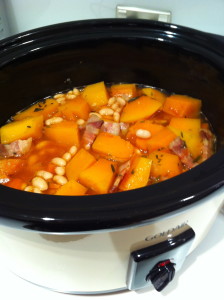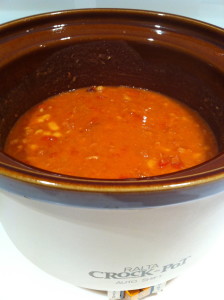You cannot tell by looking at the avocado whether it is ripe to eat. You must give it the gentlest squeeze to check whether the flesh just moves under the skin. When you pick it up, it snuggles into the palm of your hand. It’s as if it wants to be taken home to your place. When you hold a perfect specimen in your hand, it’s hard to resist it.
There is a company called Avocado To You that specializes in growing prime organic fruit and sending it around NZ while it is still unripe. You then ripen the fruit naturally in a fruit bowl at room temperature and so avoid buying avocados that have been squeezed to death in a supermarket, or dumped into a vegetable bin and bruised. The quality of the fruit is extraordinary. Without fail each cosseted avocado will be perfect!
When overripe, the avocado flesh turns to mush and is often dark in places. But unripe avocados are not pleasant to eat, either. Leaving them to ripen at room temperature is the way to do it, and you can speed this up by putting them in a brown paper bag with another piece of fruit which gives off ethylene gas, such as a ripening apple or banana. It is best not to refrigerate them until they are nearly ripe though, as chilling can inhibit ripening.
Avocado is bland to taste, possessing a mild nuttiness, but this blandness is what makes it so good as a food. Citrus flavors give it a bit of a wake-up, as does salt, and its delicacy is a perfect match for seafood, especially prawns, crab, crayfish and scampi.
Avocados blow apart any theory that food which feels smooth and velvety in the mouth must be wickedly rich and bad for you. While it’s true that avocados contain about 20% fat, you can relax and gobble it up without too much guilt because it is monounsaturated. In short, that is good fat! And there’s more good news -nutritional experts have labeled the avocado “nutrient-dense”. To qualify, a food must provide at least four essential nutrients in the same percentage as the calories it supplies. Avocados provide five essential nutrients in this proportion: Vitamins A, B6, C, folic acid and the mineral copper. They are a good source of energy, are easily digested (and therefore suitable for babies), and their high protein content makes them a valuable food for vegetarians. Half an avocado provides about the same amount of calories as 25g butter (180 calories).

